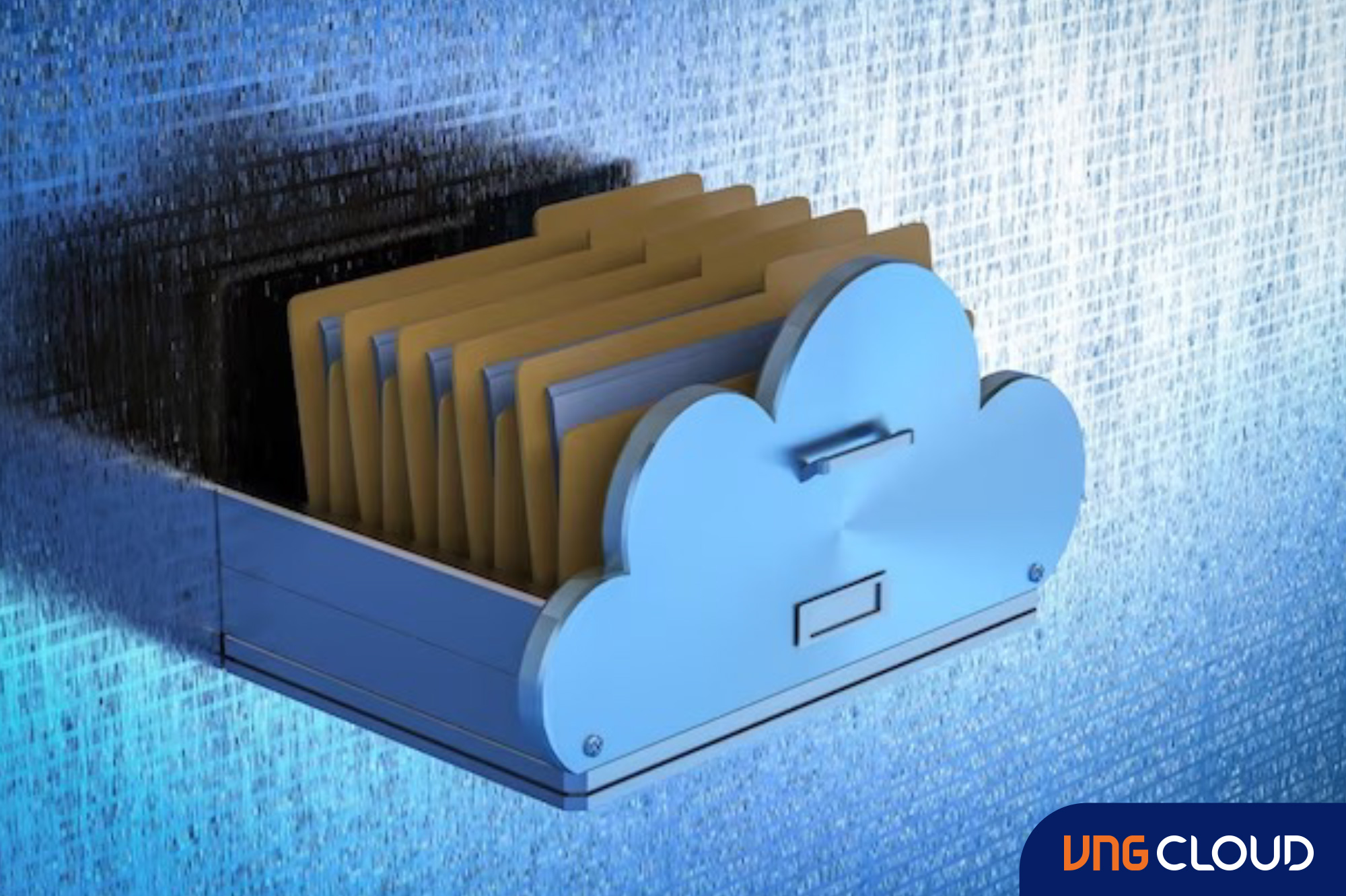In the dynamic realm of data management, ensuring the safety and availability of your valuable information is paramount. Three essential tools, namely snapshots, backups, and replication, stand as the stalwarts of data protection. While they all contribute to the overarching goal of safeguarding your data, each plays a unique role in this critical mission.
Backups, snapshots, and replication, while sharing the overarching objective of data protection, are frequently misconstrued as one and the same. In reality, they serve distinct purposes in achieving this common goal. Backups ensure redundancy, snapshots facilitate rapid retrieval, and replication aims at reducing downtime.
Today, we delve into the differences among snapshots, backups, and replication to understand how they collectively enhance your data's protection.

What is Data Replication?
Data replication involves duplicating data, whether within the same data center or, more frequently, in a remote data center, as a precaution against data center failures. It ensures that data is stored in multiple sites or nodes, enabling all users to access the same data without discrepancies.
Data replication yields a distributed database, allowing users to access data specific to their tasks without disrupting other systems or teams' operations. Data replication comes in various forms:
- Full Replication: The entire database is stored at every site.
- Partial Replication: Only frequently used sections of a database are replicated, reducing the amount of data copied.
- Synchronous Replication: This method duplicates all input/output (IO) in real-time, ensuring both local and remote writes are committed before confirming to the host that the write is successful.
- Asynchronous Replication: Data is replicated at defined intervals, such as every five minutes, and changes are then copied to a remote site. In this scenario, the most data you could lose is the interval's duration.
- Snapshot Replication: Data is distributed exactly as it appears at a specific moment, creating a "snapshot" of data at that time, which is then sent to users.
- Transactional Replication: Users receive initial complete copies of the database and subsequent updates as data changes.
- Merge Replication: In this complex method, data from multiple databases is combined into a single database. Both publishers and subscribers can independently make changes to the database.
Merge replication is commonly employed in server-to-client settings, facilitating changes to be distributed from a single publisher to multiple subscribers. On the other hand, transactional replication copies data in real-time, ensuring the precise and consistent replication of every change from the publisher to the recipient database. Transactional data replication is typically the preferred choice for server-to-server environments.
What is a Backup?
A backup, often referred to as backup and recovery, involves generating and preserving duplicate copies of your data. These copies serve as a means to reinstate your organization's services should a primary data failure arise, whether due to power outages, ransomware attacks, or other disasters.

A backup strategy is essential for critical databases and line-of-business applications. It's based on predefined policies, including recovery objectives (RTO and RPO) for each data source and application. Typically, a good backup strategy consists of scheduling regular full backups, usually weekly, along with subsequent differential or incremental backups.
Backups enable you to revert your systems to a previous state, preceding any data loss or corruption, facilitating the restoration of services. While it's possible to store backups on the same server as the original data, a more prudent approach is to house them on a distinct server or separate system, such as a secure cloud server, to ensure data redundancy.
What is a Snapshot?
A snapshot captures a system's state at a specific moment, creating a virtual image of your server's file system and configurations. Unlike a backup, which entails a comprehensive duplication of your data, a snapshot solely copies the necessary settings and metadata for data restoration should an interruption occur. To ensure retrieval, it remains essential to store the source files for your snapshots in a separate location.
Snapshot techniques differ among vendors, but here are some common methods:
- Copy-on-write: Quick snapshots with minimal metadata duplication but resource-intensive due to multiple I/O operations.
- Redirect-on-write: Use pointers to reference protected snapshot blocks, preserving the original data's point-in-time snapshot. It is efficient for writes, but complex when deleting snapshots.
- Continuous Data Protection (CDP): Real-time snapshots capturing every data change. However, frequent snapshot creation and updates can impact network performance and bandwidth.
- Clone/Mirroring: Entire volume copies, allowing easy recovery, but demanding significant storage space.
Data Replication vs Data Backup
Data replication and data backup are related concepts, but they are not interchangeable.
Data backup involves creating "save points" on your production servers, allowing you to restore data to a specific point in time in case of file corruption, system failures, outages, or any events causing data loss. Since data backups can be time-consuming, businesses often schedule them during off-peak hours, such as at night or on weekends.
While there is a potential risk of data loss between backups, they are a reliable standard for data protection and are particularly well-suited for long-term storage of large sets of static data. Data backups are crucial for industries requiring long-term record retention to comply with regulations.
On the other hand, data replication focuses on ensuring business continuity, especially for mission-critical and customer-facing applications, even in the face of a disaster.

When to Use Snapshot Replication?
Snapshot replication is typically employed in scenarios where data changes occur infrequently. It operates somewhat slower than transactional data replication since it transfers multiple records from one end to the other. Snapshot replication proves useful for the initial synchronization between the publisher and the subscriber.
When utilizing a snapshot to restore your system, it reverts to the state it was in at the moment the snapshot was taken. Snapshots are well-suited for short-term storage and frequently utilized for purposes such as development and testing. As space for your snapshots becomes limited, new snapshots automatically overwrite older ones.
Snapshots also come in handy for "quick saves" of your system before installing significant updates. If you find the results of the update unfavorable, you can effortlessly roll back to your last snapshot, restoring your system to its previous state.
Final thoughts
In conclusion, understanding the differences between snapshots, backups, and replication is crucial for effective business’ data management and protection. Each of these methods serves a specific purpose in safeguarding your data and ensuring business continuity. Choosing the right approach or combination of these methods depends on your organization's specific needs, including recovery objectives, data volume, and performance requirements.
With a range of new features including snapshots, hourly support, and incremental backups, vStorage of VNG Cloud is designed to keep your data secure, accessible, and up-to-date. Whether you're safeguarding critical information or ensuring quick data retrieval, vStorage has you covered.